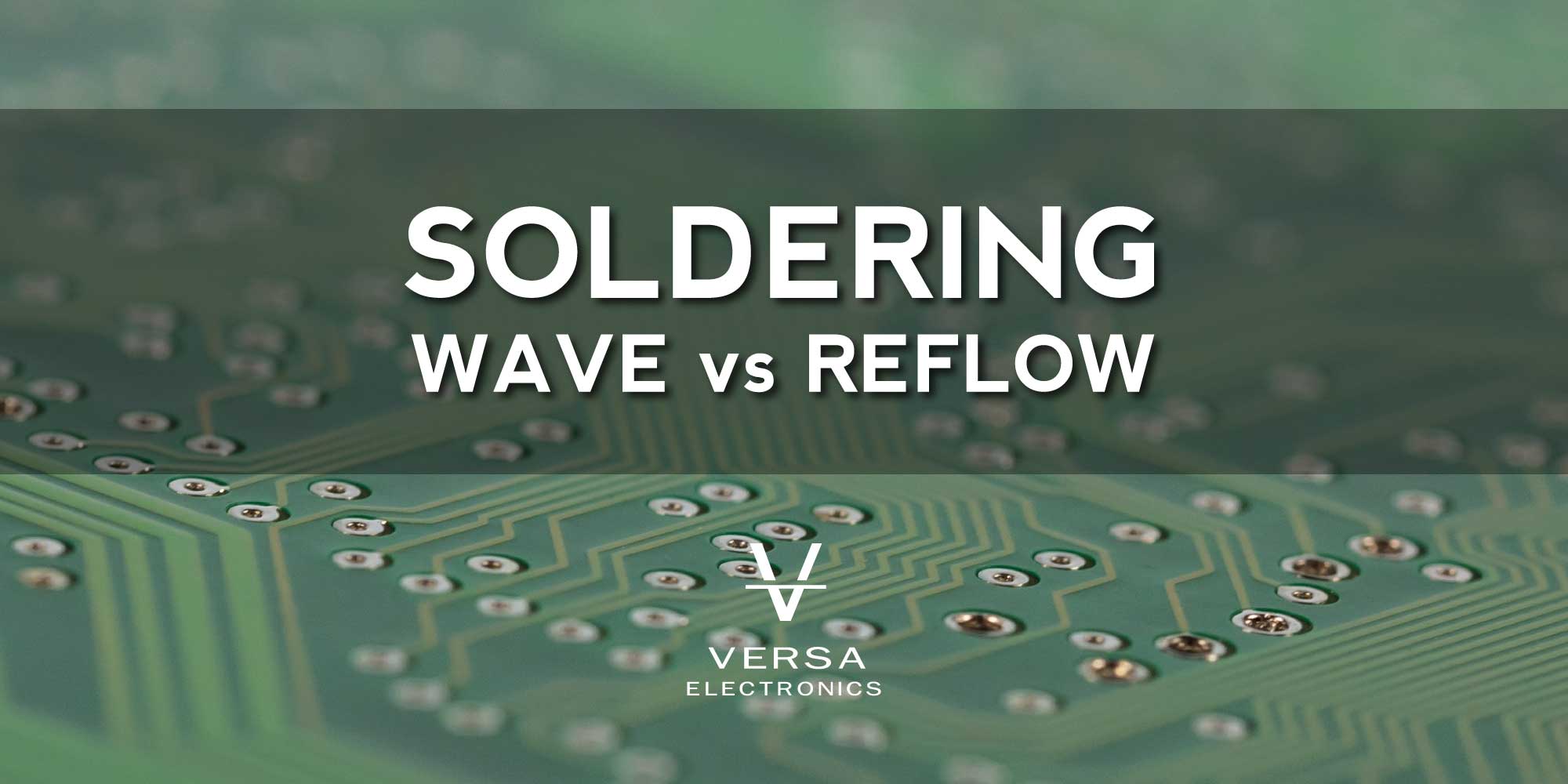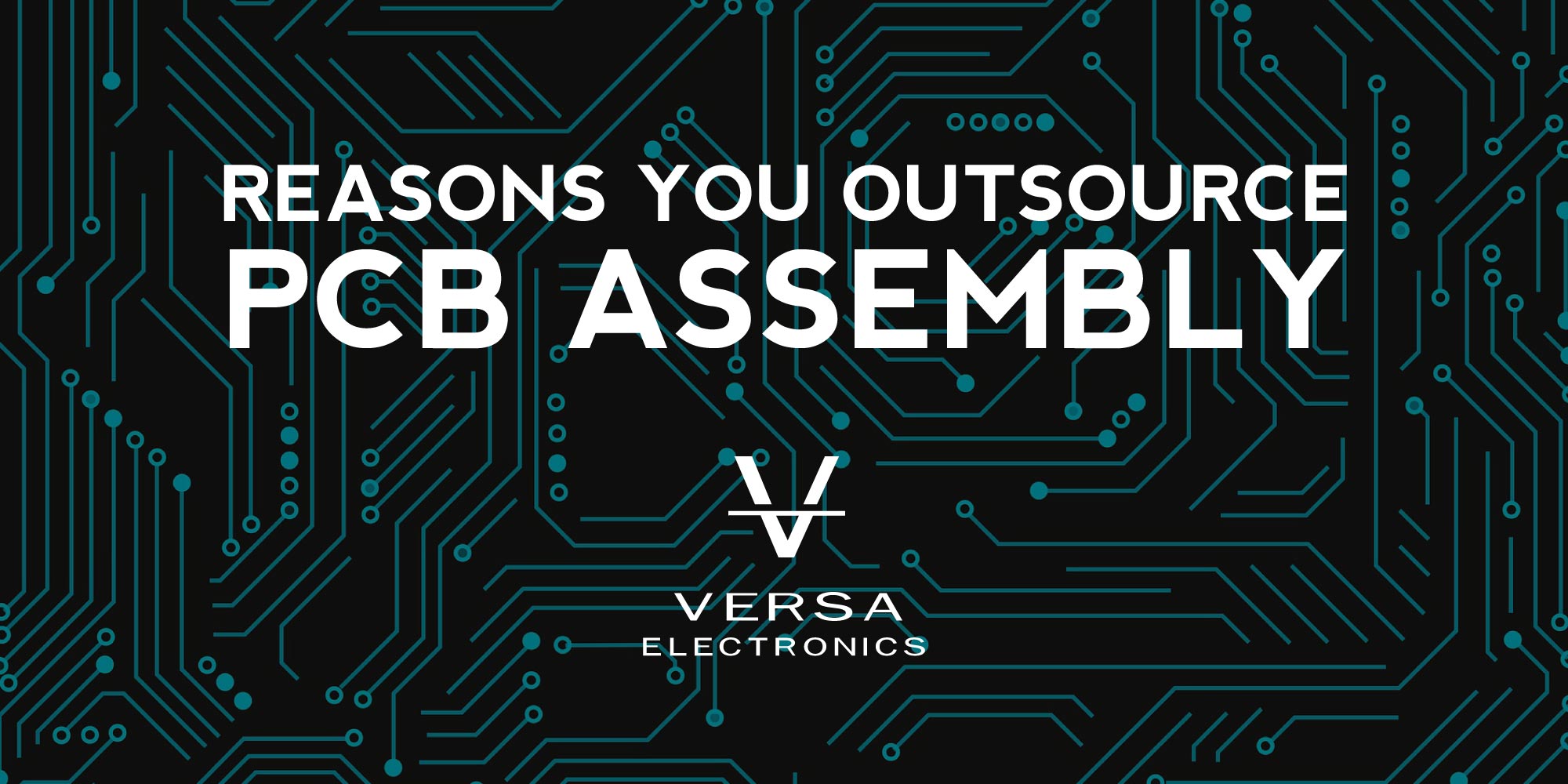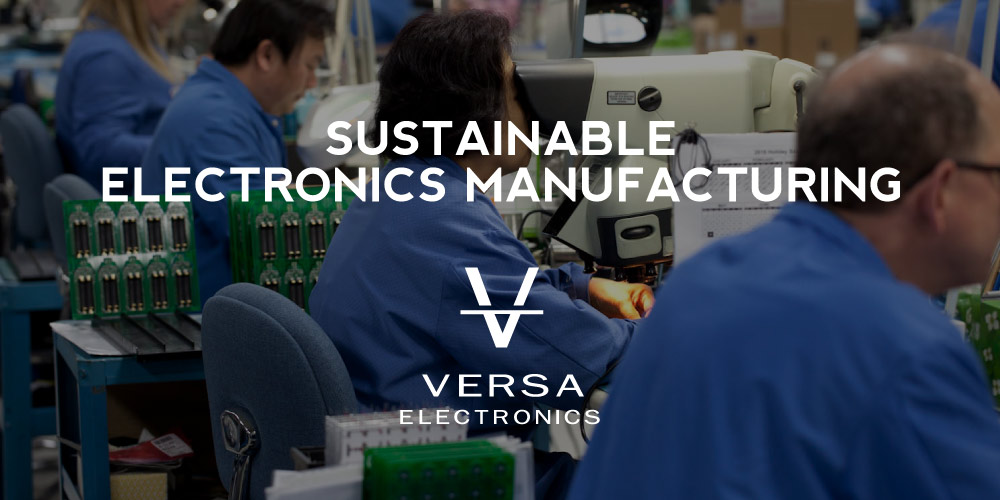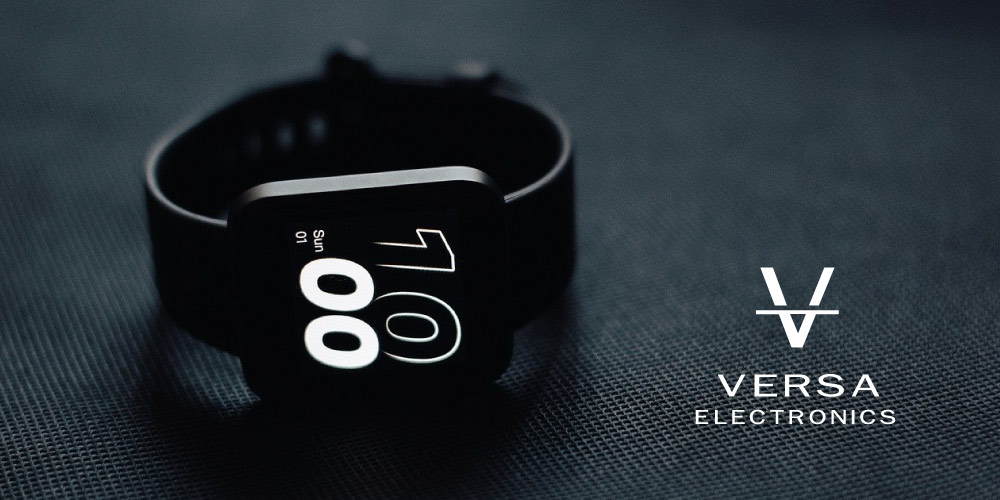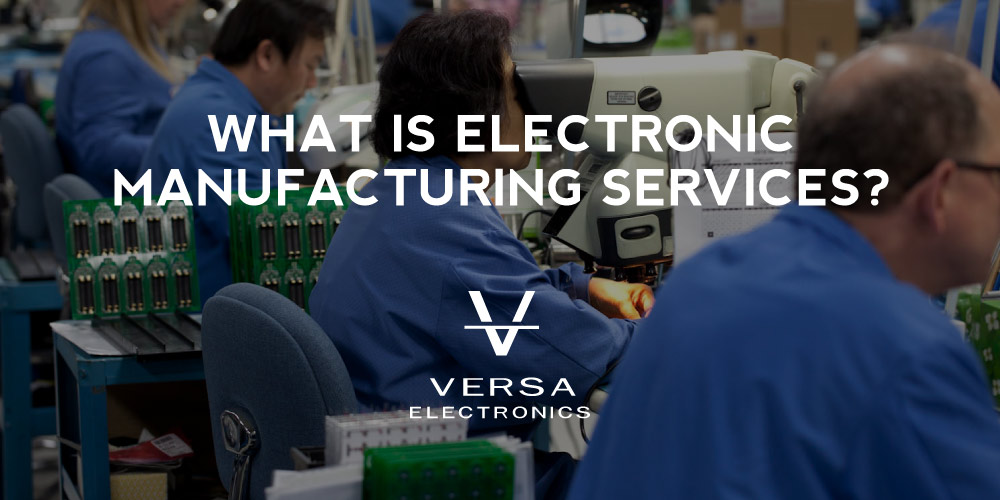Soldering is a primary process of producing printed circuit boards. Soldering is used for attaching electronic components to printed circuit boards. The two main types of soldering are wave and reflow. When determining which type of soldering is most appropriate, engineers will look at the type of circuit board in question and the package types of the needed components required to complete the design. The method an engineer chooses will affect costs, production timelines, and other elements of the printed circuit assembly manufacturing process.
Reflow Soldering
Reflow soldering attaches components that are first temporarily stuck to pads on circuit boards using melted solder paste. The solder paste is melted through a thermal radiation conduction process such as hot air. This type of soldering is done in a machine known as a reflow oven. In the process of reflow soldering, electrical components are temporarily attached to contact pads before they are soldered using solder paste.
Reflow soldering involves two steps. In the first step, solder paste is applied on each pad using a solder paste stencil and screen-printer. The components are then placed on pads using a pick-and-place machine. Real reflow soldering does not begin until these preparations are complete.
Pros of Reflow Soldering
- Trusted by many manufacturers
- Best suited for SMT assembly
- Effective for numerous SMT package types in a single process
- Easy to monitor and control
- It is a less wasteful method when dealing with specific parts of a PCB
Wave Soldering
Wave soldering is a process where the printed circuit board is soldered over a wave of molten solder. With this method, the entire board is soldered in a few seconds, producing joints that are reliable electrically and mechanically. This process is faster than the manual soldering process and produces joints with a higher degree of reliability. Wave soldering is mainly used for large-scale thru-hole PCB assembly.
Pros of Wave Soldering
- Suited for PTH assembly
- Is more time-saving than hand soldering
- More affordable
- Less prone to PCB warpage
- Provides strong solder joint quality
Reflow vs. Wave
The main difference between reflow and wave soldering is in the core process. With reflow soldering, a technician uses hot air in a multi-zone oven. This provides flexibility when designing and manufacturing printed circuit boards.
On the other hand, with wave soldering, a technician uses a wave of solder for mass-terminating thru-hole PCBs. In this method larger components, various lead styles and part types that require more rigid strain relief (or robust connections) are more reliably soldered by this process.
The differences between reflow and wave also affect cost and efficiency. In today’s reduced size and increased placement density environment, reflow soldering is more popular than wave soldering for PCA production. However, both of these options have their share of advantages and drawbacks. Engineers must carefully think about the type of PCBs they are dealing with and their specific needs and budget before choosing the final primary soldering process.

